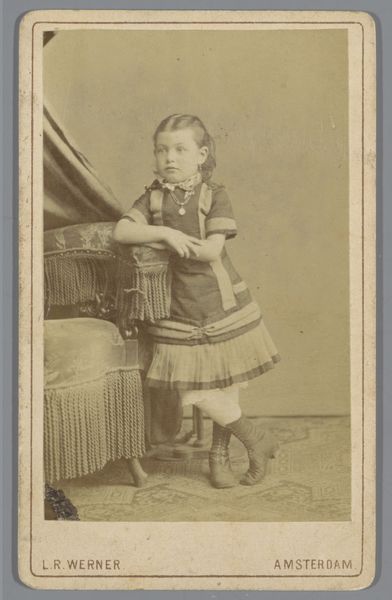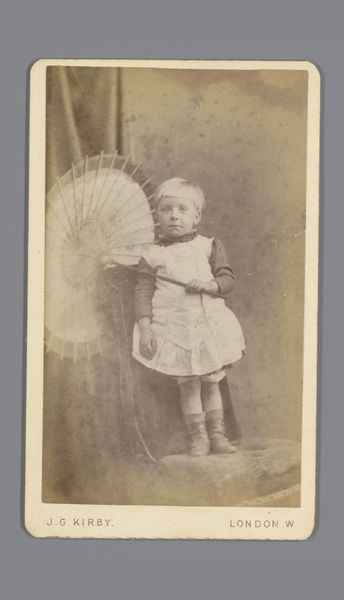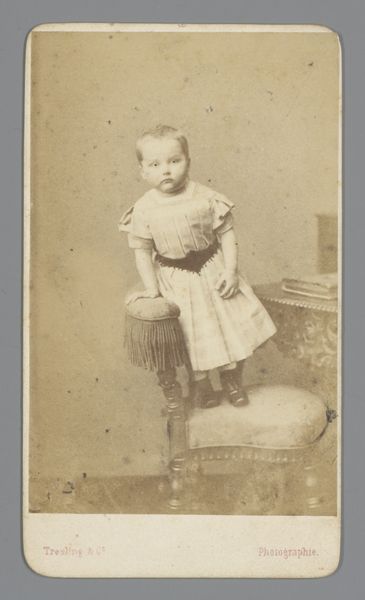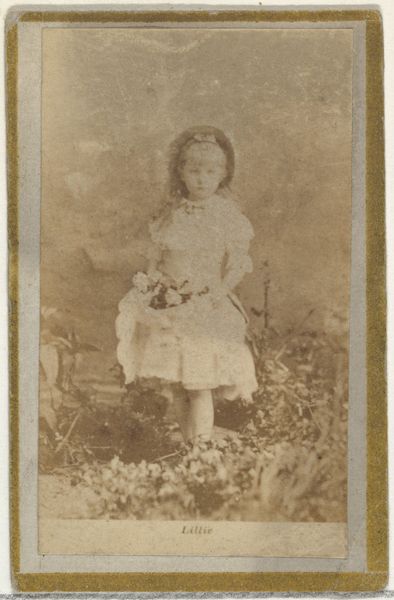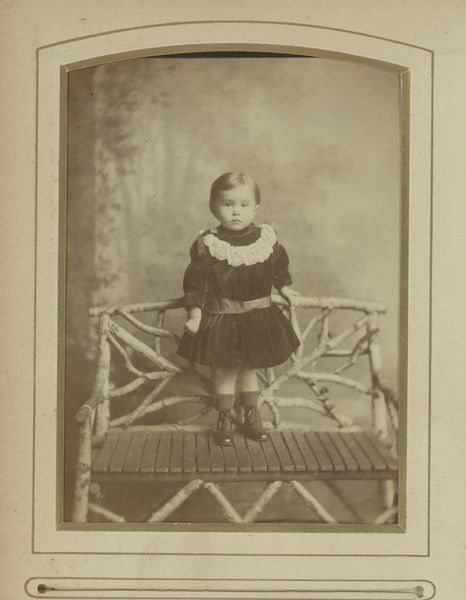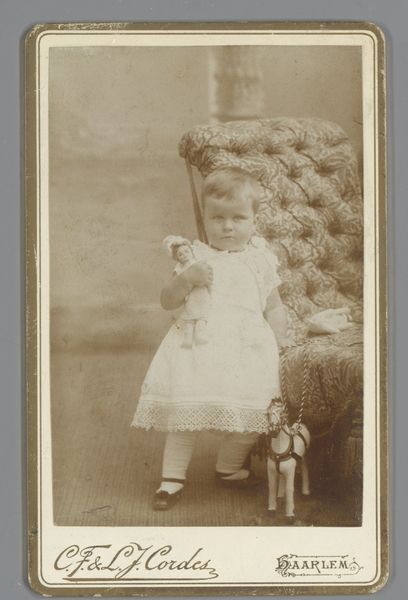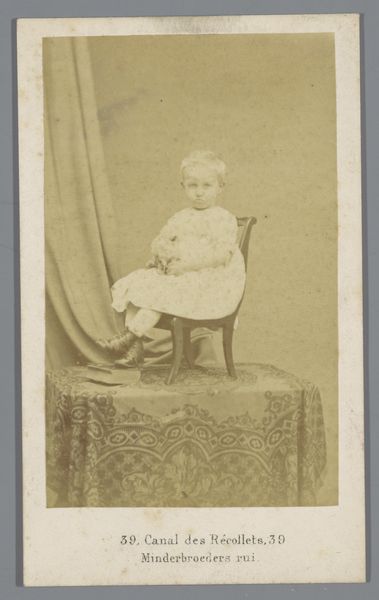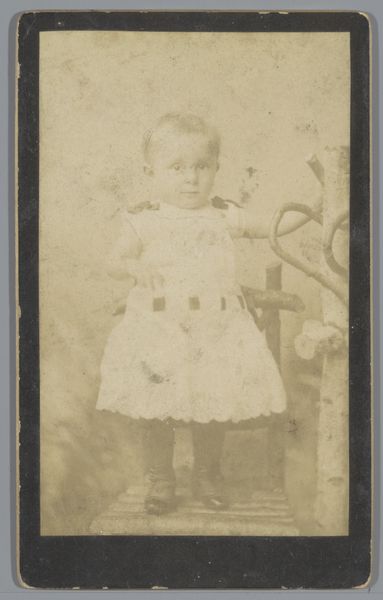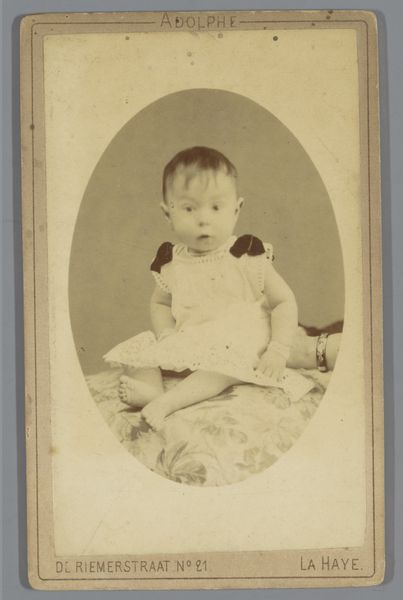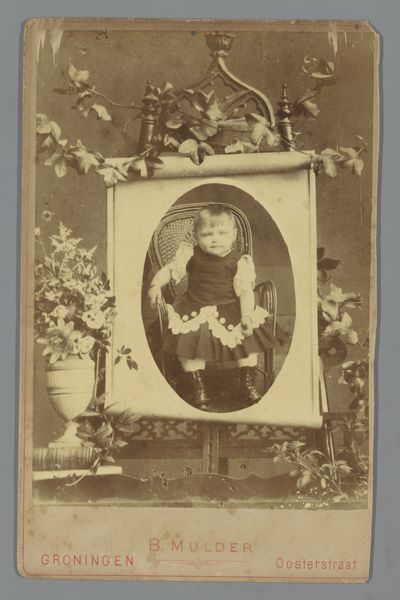
photography
#
portrait
#
water colours
#
photography
#
coloured pencil
#
genre-painting
Dimensions: height 104 mm, width 63 mm
Copyright: Rijks Museum: Open Domain
This is a carte-de-visite, made by P. Siewers & Zoon. A photographic process popular in the mid-19th century, the carte-de-visite involved taking a photograph using a multi-lens camera to produce multiple images on a single plate. The plate was then developed, printed on thin paper, and mounted on a card. This production method made photographs much more accessible and affordable, as it enabled the mass production of images. The material qualities of the carte-de-visite--its small size, thinness, and portability--contributed to its widespread circulation and exchange. The format facilitated a booming trade in photographic portraits. The rise of the carte-de-visite is closely tied to the growth of consumer culture and the expansion of the photography industry during this period. So, while we may not know the identity of the child depicted in this portrait, the object itself speaks volumes about the social and economic context in which it was produced and consumed.
Comments
No comments
Be the first to comment and join the conversation on the ultimate creative platform.
